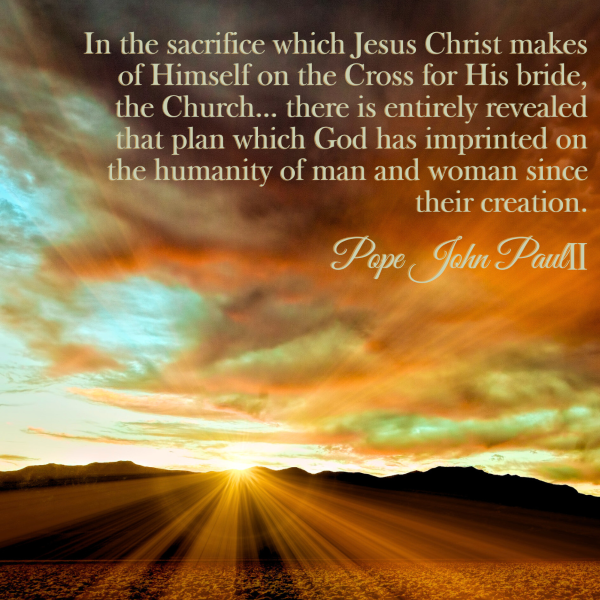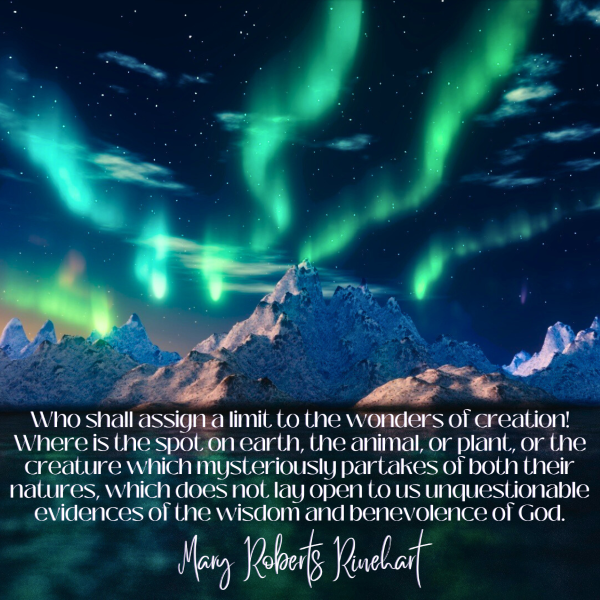Reimagining the Woman in Proverbs 31: A Contemporary Perspective
Mother’s Day is quickly approaching and as we prepare to celebrate the amazing women in our lives, it’s natural to reflect upon the significant roles these special women have had in our lives.
Mothers and motherly figures embody the virtues of the woman in Proverbs 31–strong, diligent, and compassionate. One of the most well-known biblical passages about the epitome of virtuous womanhood, Proverbs 31:10-31 poetically forms a compelling image of the ideal woman–one who is devoted to her family and her faith, balancing multiple responsibilities with grace and wisdom. But what does it mean to be a Proverbs 31 woman in today's world? Today, we'll explore the qualities of this remarkable woman and consider how contemporary mothers can apply these traits to their own lives.
Overview of Proverbs 31:10-31
Inspiring countless women over the centuries, the woman described in Proverbs 31 offers a timeless model of noble character. The passage emphasizes her many roles: a devoted wife, a caring mother, and a shrewd businesswoman rooted in faith and integrity. Tending to her responsibilities with vigor and purpose, she is known for her diligence, rising early to provide for her household, and her resourcefulness, managing her family's affairs with wisdom and efficiency.
Let’s take a better look at some of her key attributes:
- Trustworthy: Her husband trusts her completely, knowing she will bring him nothing but good throughout her life (Proverbs 31:11-12).
- Industrious: She vigorously tends to her daily chores and tasks (Proverbs 31:17).
- Compassionate: She has a heart for the poor and opens her hands to those in need (Proverbs 31:20).
- Mindful: Her words carry wisdom, and her tongue is filled with kindness when she speaks. (Proverbs 31:26).
- Faithful: Her strength comes from her deep reverence for the Lord, guiding all her actions (Proverbs 31:30-31).
- Diligent: She works with eagerness and wakes up early to provide for her family (Proverbs 31:13-15).
- Resourceful: She’s like a merchant ship, bringing food from distant places, and considers a field carefully before buying it (Proverbs 31:14, 16).
- Confident: Clothed in strength and dignity, she can laugh without fear of the future (Proverbs 31:25).
- Family-Oriented: She watches over her household diligently and doesn't let idleness take root (Proverbs 31:27).
Relevancy Today
The attributes of the Proverbs 31 woman can seem daunting at first glance. How can a modern mother juggle work, family, and personal growth while being compassionate, wise, and fearless? While some aspects of this ancient depiction may seem distant or outdated, her core values remain relevant today.
Mothers can apply these traits by adapting them to fit the context of their lives. Examples of modern applicability include:
- Trustworthiness: Being trustworthy means being reliable and dedicated to your commitments. It incorporates relationship maintenance through honesty, dependability, and open communication.
- Industriousness: Today, mothers can struggle to balance work and home life. Establishing a routine and adopting time management skills, finding creative solutions when problem-solving, and ensuring your family’s needs are met signify an industrious spirit.
- Compassion: Compassion is timeless. Whether it's volunteering, supporting a friend in need, or raising children to be kind and empathetic, mothers can exemplify this trait by showing genuine concern for others.
- Mindfulness: Being mindful involves making sound decisions and guiding others with discernment. This includes seeking God's guidance in parenting, giving thoughtful advice, and modeling a life of faith.
- Faithfulness: A faithful mother prioritizes her relationship with God. She understands that her strength and guidance come from her faith. You can do this through regular prayer, Bible study, and involvement in a faith community.
- Diligence and Resourcefulness: Often, mothers juggle various roles–work, home management, childcare, and community involvement. Embrace your unique skills and find joy in your work, knowing it contributes to your family's well-being.
- Confidence: In today's atmosphere of high-functioning anxiety and stress, seek inner strength through prayer and a deepening relationship with God. Remind yourself that your dignity comes from knowing who you are in Christ, not from external validation.
- Family-Oriented: As a mother, you set the tone for your household. Use your words to build up your family and share wisdom. Teach your children the value of kindness and compassion, expressing it through your actions.
Challenges in Modern Society
Despite the feasibility of the wealth of enlightenment provided in Proverbs 31, mothers now experience newfangled challenges that may render it more difficult to fully encompass the woman’s qualities and shape them to fit various circumstances. Unrealistic pressures of external and internal demands can contribute to feelings of overwhelm and inadequacy.
Importantly, while the woman is an admirable and constructive paragon, her traits are not a checklist to be completed. Instead, they should encourage you to live with purpose, compassion, and faith. Your value comes from God, not from meeting a set of standards. God doesn't expect you to be perfect; He simply wants you to seek Him and trust His guidance.
Admittedly, it may not always be easy, which is why we’ve shared helpful tips for mothers to press forward through some of the more common challenges mothers face today:
- Perfectionism: The drive to be a perfect mother can lead to stress and burnout. Embrace God’s sufficient grace, and lean on Him for strength and direction You don’t have to do it all, understand that you’re allowed to have off days.
- Balance Work and Family: Balance doesn’t mean victoriously accomplishing all that needs to be done; it means setting aside the time to focus on what matters most. There will always be more work, so aim to build strong relationships; prioritizing quality time with God, family, and friends.
- Social Comparison: Social media can create a distorted image of motherhood. Limit your time online, and focus on real-life connections and experiences.
- Personal Faith: With busy schedules, it's easy to neglect personal spiritual growth. Prioritize time for prayer, Bible study, and church involvement to stay connected with God.
Happy Mother’s Day
There is no doubt that motherhood is marked with exhaustive responsibility and honor. Throughout the passage, the woman’s noble character and deep reverence for God is an aspiration for all women who seek to live a life of purpose and faith. While the specifics of her life may differ from those of modern mothers, her core values of goodwill, selflessness, and love remain as suitable today as they were centuries ago. As we seek to follow in her footsteps, place your trust in God, knowing that he will grant you the strength to serve your family with love, the wisdom to efficiently manage your resources, and the courage to live with integrity.
May you find peace and joy in knowing that God sees your efforts and loves you unconditionally. Happy Mother's Day!
(Before you go, don’t forget to download or print a copy of Affirmations for Mom and Prayers for Mom!)
-Torrance Church of Christ








